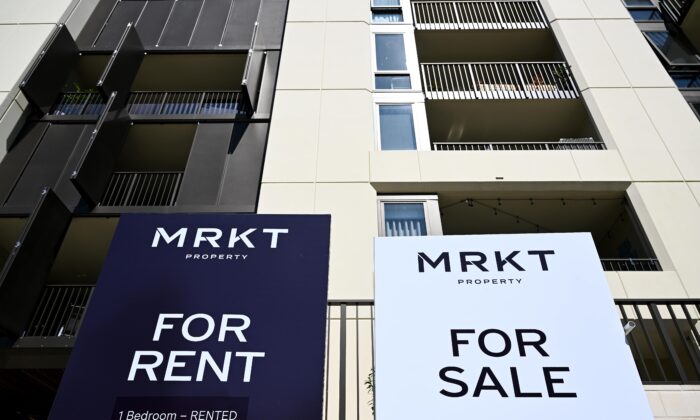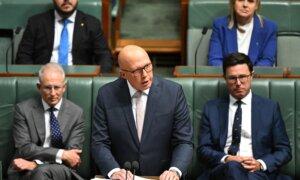In April, the search for rental properties became slightly easier, but vacancy rates are still far from ideal levels amidst a political battle over the housing crisis.
Efforts to address the worsening housing affordability issue are underway, with Opposition Leader Peter Dutton proposing a reduction in migration as a solution in response to the federal budget on May 14th.
The Albanese government aims to tackle the problem by constructing 1.2 million new homes over the next five years, along with several policies to facilitate this goal.
Despite these efforts, renters continue to face challenging conditions.
While there was a slight increase in the national vacancy rate in April, data from real estate firm PropTrack shows that only 1.21 percent of properties were vacant during the month, indicating a scarcity of available rentals.
PropTrack economist Anne Flaherty noted that competition for rental properties remained intense, leading to higher rent prices even with the marginal vacancy rate increase.
According to data from a property firm, renters have experienced a 9.1 percent increase in advertised rents over the past year, with indications pointing to further price hikes.
Chief economist Sarah Hunter of the Reserve Bank of Australia mentioned that the factors contributing to high rents and property prices are complex and will take time to resolve.
While there are signs of increased housing construction to meet demand, the process is slow, and many projects are not yet feasible.
In addition to proposing a reduction in permanent migration intake and a ban on foreigners buying existing homes, Mr. Dutton aims to address the housing crisis.
Treasurer Jim Chalmers raised concerns about the lack of clarity in the opposition’s migration system proposal and highlighted the need to assess its impact on various industries and the economy.
The federal budget includes a 10 percent increase in commonwealth rent assistance, additional funding for homelessness services, infrastructure to support new housing developments, and other supportive measures.







